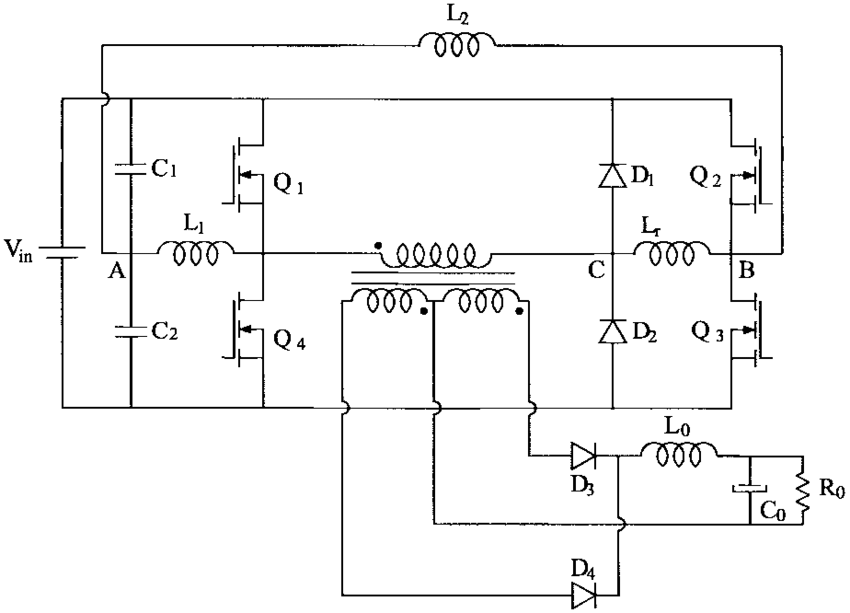SMPS Load Transient Optimization – Smooth Your Power Supply Response

Switched-mode power supplies (SMPS) are common in electronics, but they often struggle during load transients—when the connected circuit suddenly demands more or less current. This can cause voltage dips, overshoots, or noise, affecting sensitive components like microcontrollers or displays.
⚠️ The Problem: Unstable Voltage During Fast Load Changes
When your circuit quickly changes load—for example, turning on a motor or Wi-Fi module—the SMPS may not react fast enough. This lag can momentarily drop or spike the output voltage, potentially resetting or damaging the load.
✅ The Solution: Use Output Capacitors & Snubber Networks
You can optimize load transients by adding:
Low ESR output capacitors (like ceramic capacitors) to absorb spikes.
Snubber circuits (resistor + capacitor combo) to dampen oscillations.
Proper feedback loop compensation for advanced users.
These additions help the SMPS maintain stable output, even during fast switching.
🔧 Practical Example
Say you’re powering a Raspberry Pi with an SMPS and also switching a relay. Every time the relay turns on, the Pi reboots. Adding a 100µF electrolytic capacitor + 0.1µF ceramic capacitor at the output smooths out voltage drops, solving the issue.
📏 Sample Calculation
Energy stored in a capacitor:
E = ½ × C × V²
For C = 100µF, V = 5V:
E = 0.5 × 100e-6 × 25 = 0.00125J
That’s enough to cushion short load spikes.
🛒 Product Suggestion: Power Your Project Right
Look for low ESR capacitors and SMPS modules made in India:
Shop now at SmartXProKits.in — Support our work and India’s innovation—buy from our Make in India site!




















